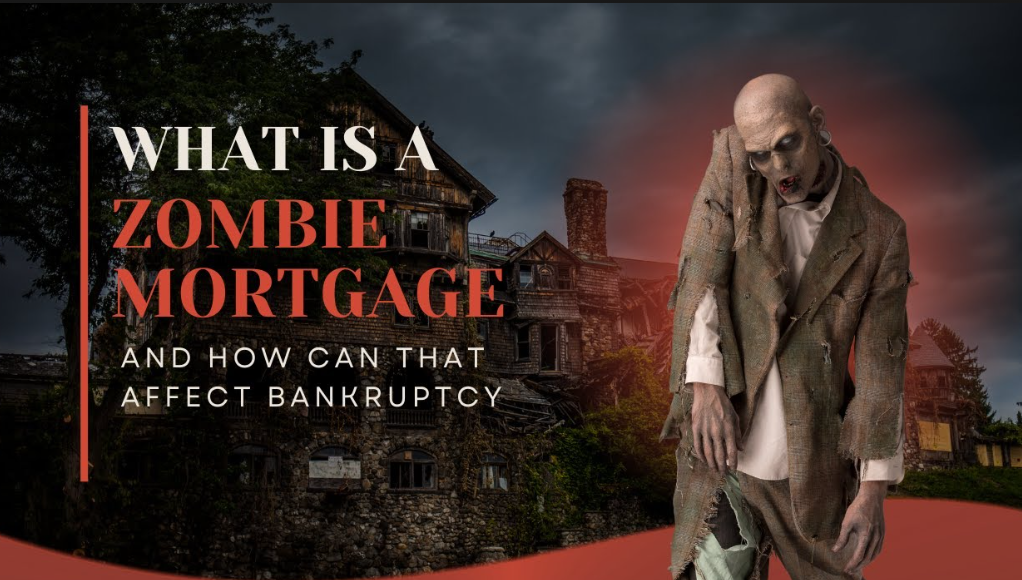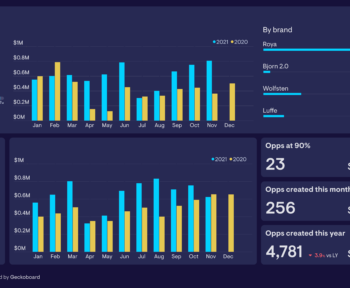In the realm of real estate, the term “zombie mortgage” has gained attention due to its unique characteristics and implications for both homeowners and lenders. This phenomenon emerged in the aftermath of the 2008 financial crisis but continues to affect the housing market today. In this comprehensive guide, we’ll delve into the concept of zombie mortgages, exploring their definition, types, and the impact they have on individuals and the broader real estate landscape.
Understanding Zombie Mortgages:
- Definition: A zombie mortgage refers to a situation where a homeowner abandons a property after receiving a foreclosure notice from the lender, but the foreclosure process is not completed. Essentially, the property becomes “undead” as it remains in limbo, neither fully foreclosed nor reclaimed by the lender. During this period, the homeowner typically stops making mortgage payments, leading to delinquency.
- Characteristics: Zombie mortgages often arise when lenders delay or suspend foreclosure proceedings due to legal, administrative, or logistical reasons. These properties may remain vacant or neglected, posing challenges for neighborhoods and communities. Zombie mortgages can linger on a lender’s balance sheet, creating a drag on financial performance and impeding the housing market’s recovery.
Types of Zombie Mortgages:
- Traditional Zombie Mortgages: In a traditional zombie mortgage scenario, homeowners vacate the property after receiving a foreclosure notice but remain legally responsible for the mortgage debt until the foreclosure process is completed. However, due to delays in the foreclosure process, the property remains abandoned, contributing to blight and deterioration.
- Strategic Default Zombies: Strategic default occurs when homeowners intentionally stop making mortgage payments, even though they can afford to continue, with the expectation that the property’s value has significantly declined below the outstanding mortgage balance. In these cases, lenders may delay foreclosure proceedings, resulting in strategic default zombies.
- Non-Judicial Foreclosure Zombies: In states where non-judicial foreclosure is permitted, lenders can foreclose on properties without court intervention. However, delays in the non-judicial foreclosure process can result in properties remaining in limbo, neither fully foreclosed nor repossessed by the lender. These non-judicial foreclosure zombies contribute to prolonged housing market distress and blight.
Implications of Zombie Mortgages:
- Neighborhood Blight: Zombie properties often deteriorate over time, becoming eyesores in communities and negatively impacting property values in the surrounding area. Vacant properties may attract vandalism, illegal activities, and squatters, further exacerbating neighborhood blight and safety concerns.
- Financial Burden: Zombie mortgages impose financial burdens on both homeowners and lenders. Homeowners may continue to incur expenses associated with property taxes, maintenance, and insurance, even though they have abandoned the property. For lenders, zombie mortgages tie up capital and resources, hindering their ability to resolve distressed assets efficiently.
- Legal and Regulatory Challenges: Addressing zombie mortgages entails navigating complex legal and regulatory frameworks governing foreclosure proceedings, property ownership, and debt collection. Delays in the foreclosure process may result from legal disputes, procedural requirements, or lender capacity issues, prolonging the resolution of distressed properties.
Mitigating Zombie Mortgage Risks:
- Expedited Foreclosure Processes: Streamlining foreclosure procedures through legislative reforms or judicial interventions can accelerate the resolution of zombie mortgages and mitigate their impact on communities. Implementing mechanisms for expedited foreclosure auctions or property disposition programs can facilitate the transfer of distressed assets to new owners or investors.
- Community Revitalization Initiatives: Collaborative efforts involving government agencies, nonprofit organizations, and community stakeholders can address neighborhood blight caused by zombie properties. Strategies such as property rehabilitation, land banking, and community land trusts can revitalize distressed neighborhoods and stabilize property values.
- Outreach and Assistance Programs: Providing support services to homeowners facing foreclosure can prevent properties from becoming zombies. Initiatives offering foreclosure prevention counseling, loan modification assistance, or financial literacy education empower homeowners to navigate financial challenges and explore viable alternatives to foreclosure.
Conclusion:
Zombie mortgages represent a significant challenge in the real estate landscape, impacting homeowners, lenders, and communities alike. By understanding the types, implications, and mitigation strategies associated with zombie mortgages, stakeholders can work towards resolving distressed properties, revitalizing neighborhoods, and fostering a healthier housing market ecosystem. Effective collaboration, regulatory reforms, and community engagement are essential to addressing the complex issues surrounding zombie mortgages and promoting sustainable housing solutions.




